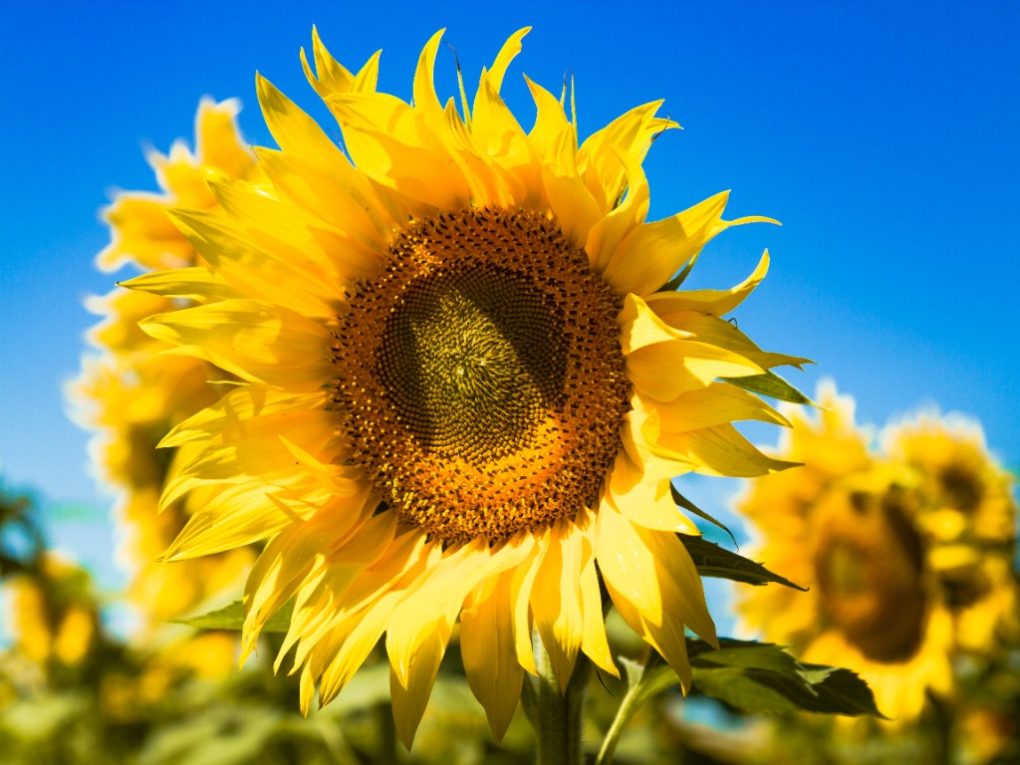Do Giant Sunflowers Come Back? Exploring the Lifespan of These Impressive Plants
Giant sunflowers do not come back on their own after one growing season. Giant sunflowers are annual plants that complete their life cycle within a single growing season. They sprout from seeds, grow, produce flowers and seeds, then die.

Although the original sunflower plant will not return, the sunflower’s seeds can be collected and replanted to grow new sunflowers. If left undisturbed, these seeds may fall to the ground and germinate the following spring, creating new sunflower plants for the new season. However, to ensure the growth of giant sunflowers again, collecting and replanting the seeds each year is best.
Table of Contents
Factors Affecting Sunflower Regrowth
Giant sunflowers are a beautiful addition to any garden. They are easy to grow and maintain but require specific regrowth conditions. Several factors affect the regrowth of giant sunflowers.
Climate and Temperature
The climate and temperature play a significant role in the regrowth of giant sunflowers. Sunflowers thrive in warm temperatures and require at least six hours of direct sunlight daily. They are also sensitive to frost and cold temperatures. If the climate is too cold, the sunflowers may not regrow, and the seeds may not germinate.
Soil Conditions
The soil conditions are crucial for the regrowth of giant sunflowers. It is essential for sunflowers to have well-draining, organic soil. Soil should be moist but not soggy. If the soil is too dry, the sunflowers may not regrow, and the seeds may not germinate. Sunflowers are also heavy feeders, and they require regular fertilization.
Pest and Disease Control
Pests and diseases can also affect the regrowth of giant sunflowers. Common pests that attack sunflowers include aphids, caterpillars, and slugs. Diseases that affect sunflowers include powdery mildew and downy mildew. Maintaining good garden hygiene is essential to prevent pest and disease problems. This includes removing dead or diseased plant material and keeping the garden free of weeds.

Caring for Giant Sunflowers
Giant sunflowers are a beautiful addition to any garden but require proper care to thrive. The following sections outline the key aspects of caring for these impressive plants.
Watering and Fertilizing
Giant sunflowers require regular watering, especially during hot, dry weather. Be sure to water deeply, so that the water reaches the roots. But cautious not to overwater, as this can lead to root rot. It is also important to fertilize your sunflowers regularly, using a balanced fertilizer that is high in phosphorus. This will help to promote healthy growth and strong stems.

Pruning and Deadheading
Pruning and deadheading are important for maintaining the health and appearance of your giant sunflowers. Deadheading, or removing spent flowers, encourages the plant to produce more blooms. Pruning, or cutting back branches, can help control the plant’s size and shape, promote air circulation, and reduce the risk of disease.
Staking and Supporting
Because giant sunflowers can grow quite tall, they may require staking or other support to prevent them from toppling over. This is especially important in areas with high winds or heavy rain. Various staking options are available, from bamboo poles to metal stakes, so choose the option that works best for your garden.
Overall, caring for giant sunflowers requires attention to detail and regular maintenance. Properly caring gives these impressive plants a stunning focal point in any garden.
